- Applied Science and Technology (AST) Secondary 3 and 4
- Personal Orientation Project (POP), obligatory in Secondary 3
Applied Science and Technology (AST)
The Applied Science and Technology (AST) program spends more time in the technology workshop. This course deals with the living universe, the technological universe, the material universe and “Earth and Space” from the point of view of applications related to different technical fields (e.g., agri-food, energy, transport, etc.).
- This is a predominantly technical course.
- The student will be required to work more frequently in a technology workshop and occasionally in a science laboratory.
- The student will work on the design, production or analysis of technical objects.
- The starting point of laws and theories is technological application (e.g., medical, transportation, construction technologies).
Personal Orientation Project (POP)
In this course, students explore various trades and professions through experiments, research or visits, allowing them to reflect on the decisions they will have to make in the short, medium or long term. Students must share their journey with their peers and express what they have learned about themselves. By doing so they learn to carry out an exploratory process – a skill that will be useful throughout their lives.
